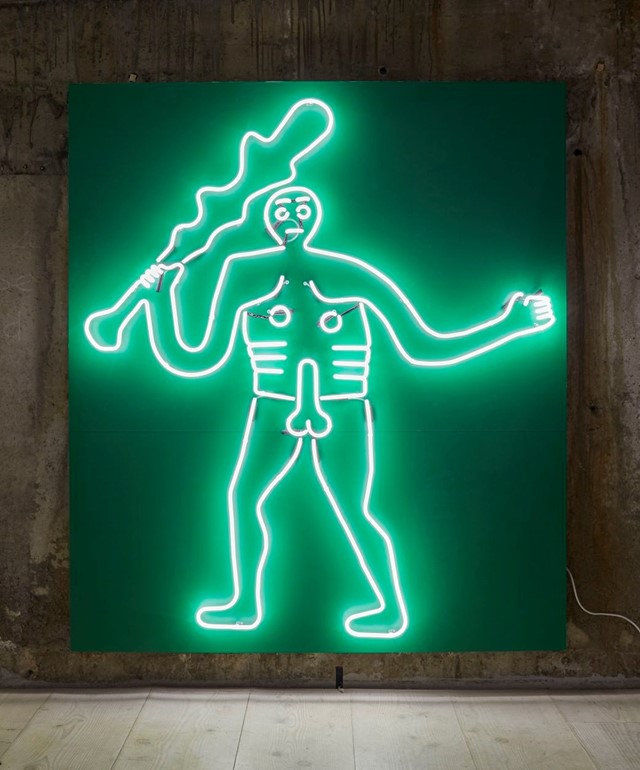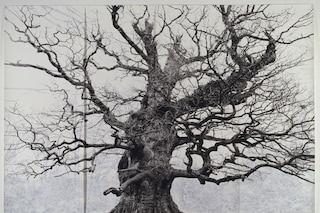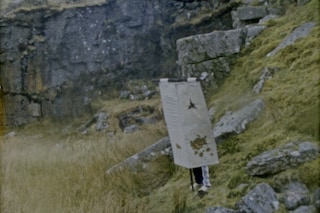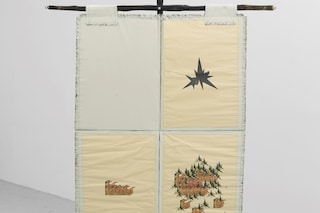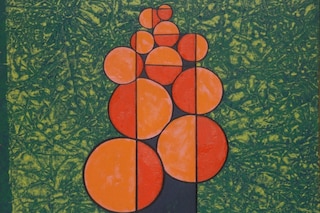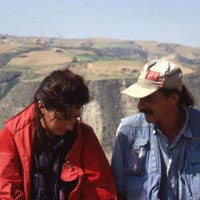The groundbreaking show explores the British countryside as “a heartland for ideas of freedom, mysticism, experimentation, and rebellion”
The rural landscape of Britain occupies a significant place in the individual and collective imagination. With its constellation of associations connected to traditions and rituals, nature and artifice, abundance and hardship, the sublime and the sinister, the British countryside is a terrain riddled with contradictions and impregnated with long-standing associations.
Radical Landscapes is the new exhibition at Tate Liverpool that seeks to investigate our perceptions of this ‘green and pleasant land’, taking an expanded view of landscape art throughout the 20th century. Featuring artists such as Claude Cahun, Jeremy Deller, Derek Jarman, Tacita Dean, the show presents the rural as “a site of artistic inspiration and a heartland for ideas of freedom, mysticism, experimentation, and rebellion”, awakening us to the potency and potentiality of the countryside.
Darren Pih, the show’s curator, introduces us to the exhibition: “It takes a quietly political approach, exploring the roots of the systems that are at play in our rural spaces and revealing societal infrastructures within the land itself,” he explains. “A core idea is around themes of trespass and protest, from the right-to-roam campaigns to rural rave culture, to contemporary infrastructure protests such as those relating to the building of HS2.”
In an attempt to rethink the pastoral, Radical Landscapes looks to the depictions of the countryside that have informed our associations of what constitutes Englishness. “Many of the great landscape paintings have become entwined with national identity. Constable’s great landscape paintings for example are seen to express an essence of Englishness, becoming part of the iconography used to promote art and cultural identity abroad,” Pih tells us. “The pictorial conventions expressed through traditional landscapes art can reveal mankind’s dominion or control over nature. In many instances, landscape painting tells of a power relationship through idealised, constructed images testifying to land ownership.”
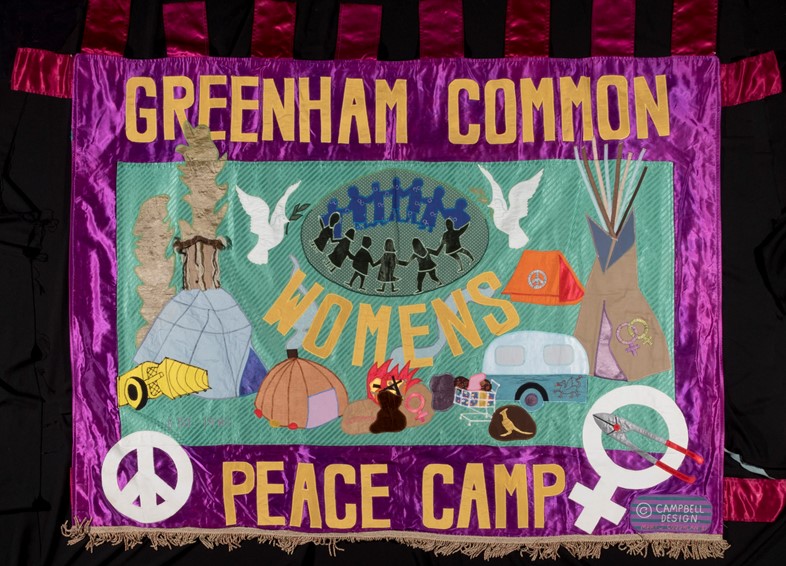
The landscape as a site of contested ownership and meaning runs through Radical Landscapes. Thalia Campbell’s “Greenham Common Peace Camp” (c.1982) speaks of occupying green space as an act of resistance. Pih reflects on this artwork: “For me, the anti-nuclear campaigns by women and artists at Greenham Common remain sadly relevant now, given the return to a return to the heightened Cold War rhetoric associated with the war in Ukraine.”
Yuri Pattison’s technologically-enabled sculpture “sun[set] provisioning” (2019) explores climate change by highlighting the alarming correlation between pollution levels and beautiful, vivid sunsets.
Elsewhere, the exhibition explores Stonehenge and its relationship with customs, myths, and rituals. Through the work of artists such as Jeremy Deller, Paul Nash, and Derek Jarman, the show explores the lure of this mysterious, magical monument to pagans, hippies, ravers, festival-goers, and new age travellers. A series of photographs and film by Alan Lodge and Sara Sender brings the “ludic energy of rural rave culture” into the exhibition.
Ultimately, Pih’s hope is that visitors will be encouraged to “rewild” their relationship to rural landscapes and “create the empathy that might move us to protect them.” Take a look through the gallery above for a glimpse of some of the artworks included in this groundbreaking exhibition.
Radical Landscapes is running at Tate Liverpool until September 4 2022
